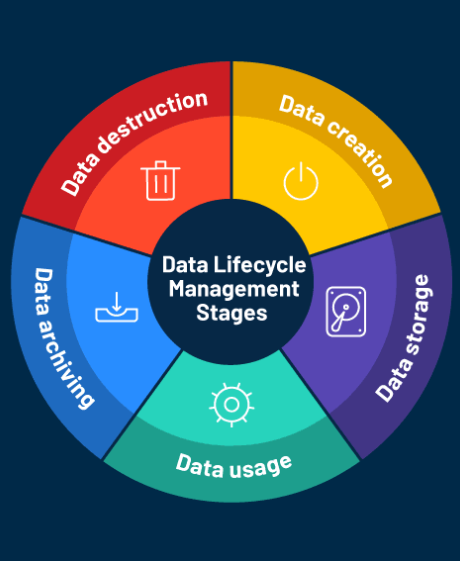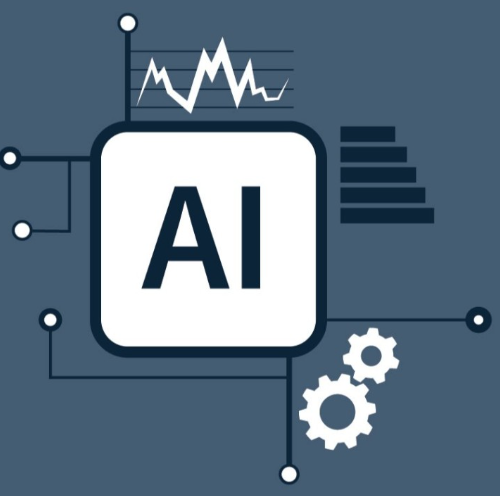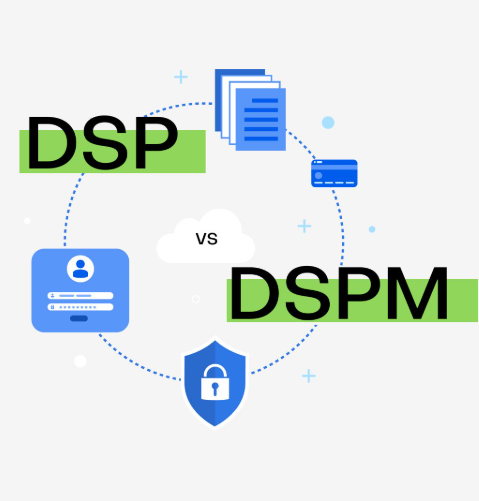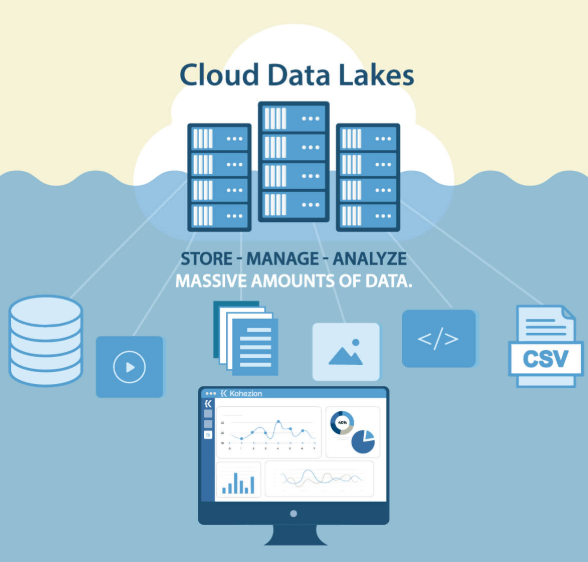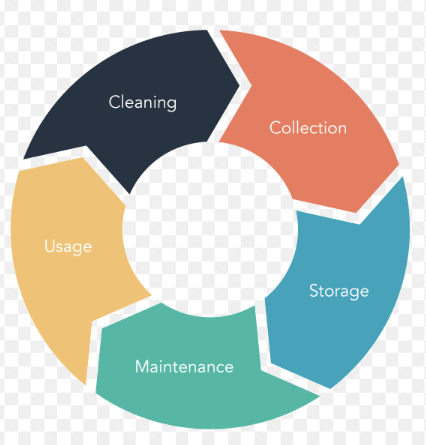
In today’s data-driven world, organizations are dealing with an overwhelming amount of information, much of which is unstructured. Unstructured data refers to content that doesn’t fit into traditional databases or spreadsheets, including text documents, emails, and multimedia content. While this type of data offers rich context, it is also complex and often difficult to interpret. However, with the right approach to unstructured data analytics, businesses can uncover valuable insights that lead to smarter decisions.
Understanding the Importance of Unstructured Data
Unstructured data is information that cannot be neatly categorized or easily analyzed through conventional methods. Examples include social media posts, customer service interactions, and legal documents. It holds significant potential for organizations, offering deeper insights into customer behavior, market trends, and operational performance.
This type of data is an essential part of the modern data landscape. The challenge lies in extracting actionable value from it. By applying advanced analytics techniques, such as machine learning and natural language processing, organizations can turn raw unstructured data into meaningful insights that drive business innovation.
The Role of Unstructured Data in Business Strategy
Unstructured data analytics is reshaping how businesses approach their operations. By tapping into this resource, companies can uncover patterns, sentiments, and trends that are not immediately obvious. For example, businesses can analyze customer feedback to gauge satisfaction or assess social media posts to detect emerging trends. These insights help companies make informed decisions that would be impossible using only structured data.
The impact of unstructured data on digital transformation is undeniable. Companies can optimize customer experiences, enhance operational efficiency, and even predict future trends by carefully analyzing unstructured content. The ability to do so is becoming a crucial part of staying competitive in an increasingly digital world.
How Unstructured Data Drives Value
The benefits of analyzing unstructured data are vast and can be observed across several key areas:
- Understanding Customers Better
Unstructured data provides a deep understanding of customer behavior, preferences, and pain points. By examining interactions, feedback, and social media conversations, businesses can craft more targeted strategies and personalized experiences that resonate with their audience. - Enhancing Predictive Analytics
Predicting future trends is vital for staying ahead of the competition. Unstructured data serves as the backbone for predictive analytics, offering valuable context and insights that help businesses anticipate changes in the market and consumer behavior. - Improving Operational Efficiency
Organizations can streamline their operations by analyzing unstructured data sources such as maintenance logs and employee feedback. This process helps identify inefficiencies and areas for improvement, ultimately driving greater cost savings and operational performance.
Building the Foundation for Effective Analytics
Successfully leveraging unstructured data requires more than just advanced tools – it demands a shift in mindset and organizational culture. Building a team skilled in data management and analytics is crucial for turning raw data into actionable insights. It’s equally important to establish communication channels between data teams and business stakeholders to ensure that insights are effectively translated into business strategies.
Continuous learning is also an essential part of the process. Organizations that integrate feedback into their data sets and refine their analysis methods will improve their ability to make data-driven decisions over time.
Real-World Impact of Unstructured Data Analytics
The healthcare industry offers a compelling example of how unstructured data analytics can drive meaningful change. By analyzing patient records, clinical notes, and research papers, healthcare providers have been able to offer more personalized treatments based on a broader understanding of patient histories and outcomes. This has led to improved patient care and better clinical results.
Such advancements demonstrate the immense value of unstructured data. In critical fields like healthcare, where every decision counts, the ability to harness this data can save lives and revolutionize care delivery.
The Future of Unstructured Data Analytics
The future of unstructured data analytics is bright, with vast potential for organizations to gain deeper insights and refine their strategies. By integrating unstructured data with structured data, businesses can achieve more comprehensive analyses and uncover insights that were previously hidden.
As the amount of data continues to grow, so does the opportunity to leverage unstructured data for business success. Investing in the right tools, building a strong data culture, and adopting flexible analysis techniques will help companies unlock the full value of unstructured data and align it with strategic goals.
Unstructured data analytics is a powerful tool for innovation and competitive advantage. Businesses that embrace it will be well-positioned to thrive in a digital-first world, gaining an edge by turning complex, unstructured information into clear, actionable insights.
Embracing the challenge of unstructured data analytics is key to staying ahead of the curve. By incorporating this valuable resource into your business strategy, you can enhance operations, better understand your customers, and ultimately drive growth and success in the digital age.
















